
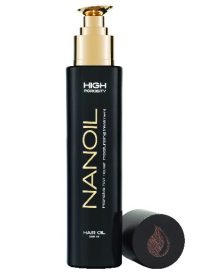
Do you often admire your friend's thick and shiny hair? Perhaps you struggle with hair loss or dandruff and have no idea how to overcome such problems? Or maybe you are only looking for a good cosmetic that will help you with your everyday heat styling? If your answer to those questions is 'yes', you can remain calm. There is a solution for you.
In the recent season, hair oils have become one of the biggest hits in the cosmetic industry. Why? Because they are perfect care for all hair types, provide essential ingredients, heal many scalp diseases and facilitate styling. Hair oils are obtained from fruit, herbs and plants. Of course, those products are usually enriched with other, valuable substances. If you want your oil to maintain its properties for longer, it must be properly stored: away from broad sunlight, damp environment, and air; in a sealed bottle made of dark glass.
What ingredients can be found in hair oils? The producers try to outdo themselves. They add plant extracts, vitamins, minerals and other substances that are responsible for improving the condition of hair and scalp. As you can easily figure it out, the most important cosmetic components are obviously oils. The most important oils derive from nuts, seeds of plants, fruit pulp and herbs. Cosmetic butters are also commonly used for such preparations. If you want to enhance your hair and nurture scalp, make sure to reach for oils with the following components: zinc, copper, silicon and vitamins A, E, H and B.
Hair oils can really improve the condition of hair and scalp. They work both on the inside as well as outside. Their main task is to rebuild hair structure, supply low levels of certain nutrients, regenerate damaged wisps and protect against split ends. What is more, oils make hair silky and soft to the touch, provide shine and facilitate combing and styling. Additionally, some oils inhibit hair loss, heal dandruff, sooth irritations or even stimulate hair to grow. What is also important, such products protect strands form hot air produced by blow-dryers or heat generated by curling wands or a straighteners.
Read the article carefully, and you will find out what hair oils are suitable for you. The comparison could not be done without the help and commitment of many girls. We have collected statements and opinions of several independent women, girls, bloggers, hair maniacs, beauty maniacs, beauticians and others, who are interested in the topic of cosmetics and beauty. Thanks to reading this article, you will learn various interesting facts about hair oiling. Perhaps other girls’ opinions will help you make the right decision.



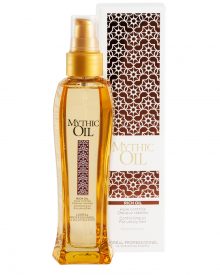

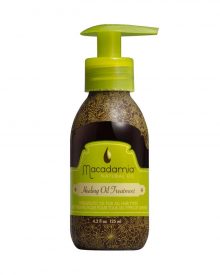

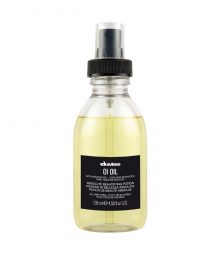

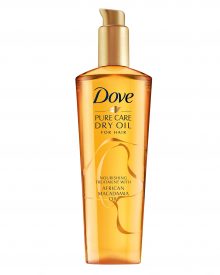

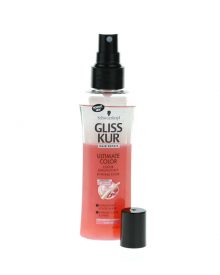

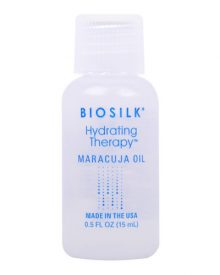

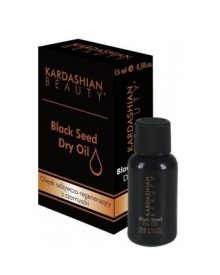

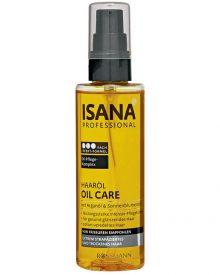
If your dream is to have healthy and strong hair, you must start using hair oils regularly. Some of them should be applied every day, different ones couple times a week and others – once a week. Nevertheless, remember to use them regularly; otherwise you will not achieve satisfactory results. Oil is to be applied to scalp, hair ends, or from the mid-length downwards. Make sure to massage the products thoroughly into hair without leaving any greasy or sticky layer. You might do it before washing your hair or directly onto dry hair. Hair oiling also brings great results. It is an old Indian ritual that provides not only beautifying but also healing properties.
You can distinguish three types of porosity: low, medium and high. Low porosity hair is smooth, shiny and healthy. Scales lay flat therefore, water, hair dye or other nutrients cannot easily penetrate inside. What is more, it is very difficult to colour such hair type, make it wet or blow-dry. Moreover, medium porosity hair has looser cuticle layer. Such hair is easier to style and colour-treating. On one hand it is easy to treat, on the other, it can be easily damaged by using inappropriate care products. High porosity hair is usually extremely dry, heavily damaged and lacks lustre. High porosity hair has gaps and holes in the cuticle therefore you can quickly dye or dampen it.
These include saturated, monounsaturated and polyunsaturated fatty acids. Essential saturated acids are also known as cosmetic butters, which are used to treat low porosity hair. Monounsaturated oils are recommended for the care of medium porosity hair. Whereas polyunsaturated oils will take care of high porosity hair. All types of oils contain such ingredients, which can easily pass through all types of hair scales.